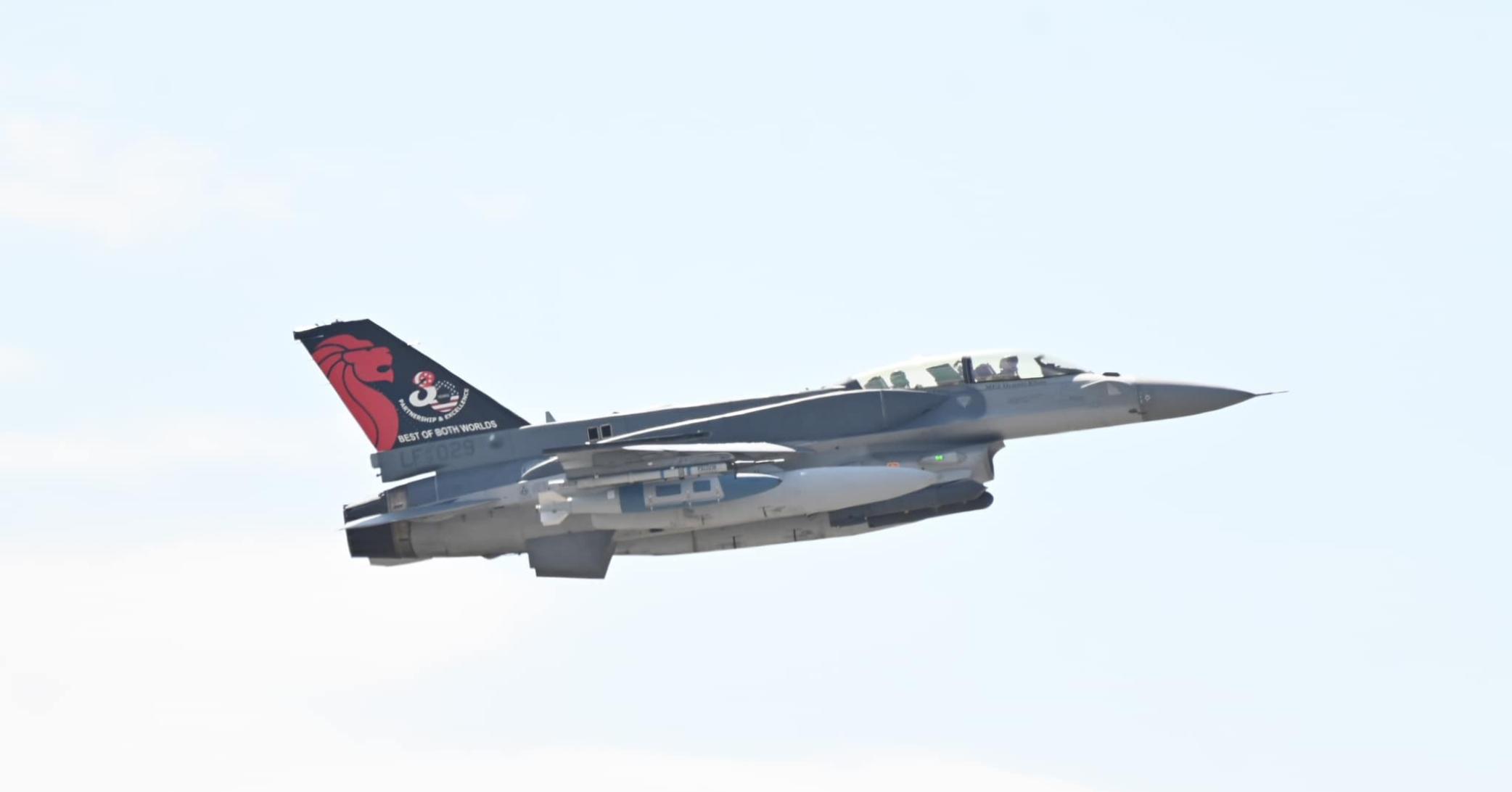The crash of Republic of Singapore Air Force (RSAF) F-16 fighter jet at Tengah Air Base last week was due to a malfunction of its pitch rate gyroscopes, the Ministry of Defence (MINDEF) said in a statement on Saturday (May 18).
Very rare occurrence
"The flight data recorder recovered from the crashed F-16 showed that its pitch rate gyroscopes gave erroneous inputs to the flight control computer. This led to the pilot being unable to control the plane at take-off," the statement read.
All F-16 fighter jets are equipped with four pitch rate gyroscopes.
Simultaneous malfunction of the gyroscopes is a very rare occurrence, hence there was no stipulation of any maintenance for the component.
MINDEF said this is the first time simultaneous malfunction of the pitch rate gyroscopes occurred in RSAF's entire F-16 fleet.
As the cause of the crash is now identified, the F-16 fleet will resume flying.
"But as an added precaution, each F-16 pitch rate gyroscope will be checked and cleared before resumption of flights," the Ministry added.
Crashed on May 8
The F-16 fleet which crashed at Tengah Air Base at 12:35pm on May 8 experienced "an issue" during take-off.
Before the crash, the pilot "responded in accordance with emergency procedures" and "successfully ejected", according to a statement issued by the Ministry of Defence.
Training flights for the F-16 fleet were temporarily suspended after the accident.
RSAF said it was working with F-16 fleet manufacturer, Lockheed Martin, to investigate the crash.
RSAF's F-16 fleet entered service in 1998. It recently underwent an upgrade and is scheduled to retire in mid-2030s.
Top image via The Republic of Singapore Air Force/Facebook.

If you like what you read, follow us on Facebook, Instagram, Twitter and Telegram to get the latest updates.



